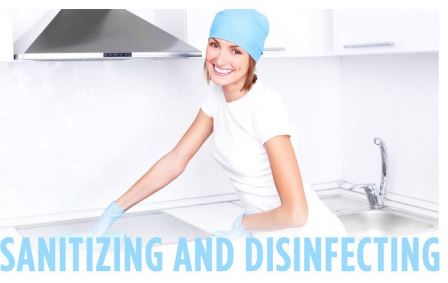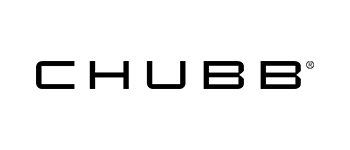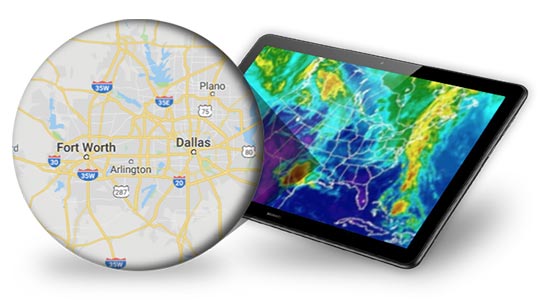24/7 Emergency Services
April 2016: It's a Gas, It's a Liquid, It's Amazing

FEMA recorded 42 major disaster declarations in 2015 and that doesn't include emergency declarations or fire management assistance declarations. And there were dozens of fires, storms, and floods throughout Canada as well.
When government agencies move to clean up the damage and restore homes and businesses, they often rely on restoration firms to participate. Local cleaning firms are under equipped and under trained to deal with major disasters, but they do have skills that can be readily utilized by contents companies.
The contents managers have already created methods and strategies to use local cleaning companies as part of their teams. In fact, they prefer them to day laborers because of the knowledge and expertise these custodians, carpet cleaners and maintenance workers, possess.
The trained contents professionals keep their instructions simple. They never exceed the workers' capacities, but they use knowledge the cleaning team already possesses, along with well-prepared and practiced education methods. They job moves forward far more quickly and it actually costs the insurance companies less because the new labor force already works for the business that has hired the contents pros and is being paid by them.
The contents managers may show the new team how to wrap and box contents – the secrets of deodorization dealing with water damage, smoke and soot removal, decontamination of office supplies, saving important documents and much more.
It is common that when restoring an office after a major natural disaster the workers will also be instructed about onsite hazards, the use of personal protection equipment, setting up protective barriers to prevent cross contamination, pack out procedures, off site cleaning and restoration techniques, inventory tactics to ensure that nothing is lost, bubble wrapping, the use of Styrofoam, proper transport methods and pack back.
The general consensus among contents managers seems to be that if these personnel are already under contract with the building managers, it will save money for the insurance companies and will help us to expedite the job – all they need is direction and a minimum of training to bring them up to speed.
Industry spokesperson, Barb Jackson CR, adds, “We like working with cleaning professionals because it takes much less time to teach them, but we provide constant onsite supervision – in fact, we work alongside them to ensure the highest job quality possible.
“Contents managers are experienced in disaster restoration and the multiple changes and challenges that come with them. Cleaning companies are used to set schedules and a structured day-to-day routine. We can provide them with new methods, new strategies and a flexible work schedule that permits changes and allows for specialized systems and practices.
“Once we have restored the facility, the cleaning professionals can get back to the job of day-to-day sustained maintenance.”
SAVING ELECTRONICS SAVES MONEY
Most contents companies that perform electronics restoration tell us the cost of restoring most electronic contents is approximately 10 to 35 percent of the cost of replacement. And the process is pretty straight forward for those who know how to proceed.
Wet electronics used to be routinely “cashed out,” but now they are quickly and completely run through a cursory examination onsite, if they appear to be good candidates for restoration. And a report is issued to the adjuster and the owner – usually within 72 hours.
This sort of estimate includes pricing for restoration, or in some cases an average current price for replacement (for items that cannot be restored). This saves the insurance adjuster time, effort and headaches.
All electronics are disassembled of course. This gives access to the wiring, chips and circuit boards that will need to be cleaned (normally with a special gas, dry ice or deionized water to neutralize the acids formed from smoke and water mixing during the disaster – or to wash away any minerals and contaminants from flood water).
Once the individual units (computers, big screen T.V.s, etc.) are dried and deodorized, they are returned to the insured along with a considerable savings for the insurance company.
OZONE FOR CARPERS?
CONTENTS PROS SAY "YES!"
You may recall from previous editions of Contents Solutions that we have been looking for alternatives to ozone for the purposes of deodorizing or decontaminating homes and offices.
And you may remember that we liked the idea of using “Aqueous Ozone,” as an alternative to bleach and other harsh chemicals for cleaning and disinfecting hard surfaces (like counter tops and cupboards). It is safer, has similar “kill rates,” to bleach and is a lot more “human friendly.”
Now it is being used to clean carpets! We know adjusters and agents may well get a “ho hum” feeling when they read that, but when the insured discover there are no chemicals involved (no mixing, no hazardous residue, no special disposal necessary), they readily embrace this new process.
One recent article explained that no personal protective equipment is necessary when using aqueous ozone, and it does not damage plastics, leather or other fragile substances the way its “gaseous brother” does when released into a home or office.

Contents pros have long been aware that promising “disinfection” when in fact they are “sanitizing” can leave them wide open to liability claims, so they are meticulous in choosing the right products for the right job.
But equally important is that the selection is based on how “human friendly” (as opposed to merely “eco-friendly”) a cleaning solution is. Someone is going to handle the items, touch counter tops, turn doorknobs, type on the computers – not to mention sleeping on the beds, placing small children on a recently cleaned carpet and eating off the recently cleaned tables and chairs.
The contents team will be handling those same VOCs (or lack thereof). So it is as important to them that the items and environment be bacteria free, odor free and clean.
Thus, such cleansers, sanitizers and disinfectants must be safe, effective, and without strong scents (fragrances can mask smoke odors and mildew or mold smells, making the restoration process less effective).
Contents restoration professionals often look for sanitizers and disinfectants that are both odor free and contain surfactants so they can clean while removing bacteria and other undesirable matter from the job site. Why do a job twice when a cleaner/disinfectant can do both jobs simultaneously?
More than once the contents pros have discovered that the most expensive products are not necessarily the best ones for the project immediately before them, so they eschew fancy labels and outlandish claims in favor of tried and true formulas – which saves everyone, including the insurance carrier, lots of headaches and wasted time and money.
And curiously, they have discovered that most popular names and brands are actually more expensive than lesser known products which are far more efficient on several levels-- they learn this from long term experience – something that can't be taught in a classroom or learned from behind a desk.












